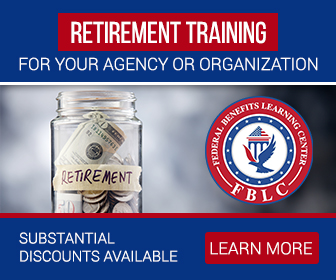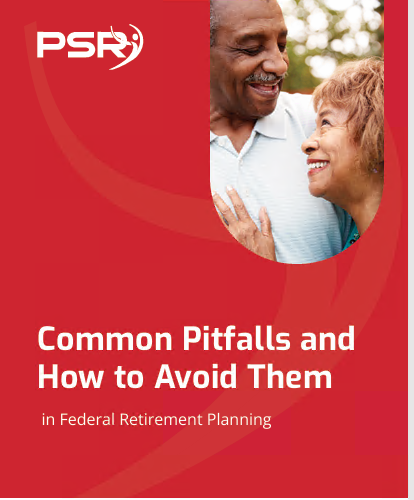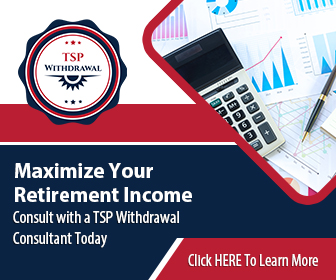Key Takeaways
- FEHB can be your lifelong safety net. Learn how to keep Federal Employees Health Benefits (FEHB) coverage in retirement to stay protected without extra private plans.
- Know the right timing. From Medicare coordination to timing your enrollment choices, understanding when to make these moves can ensure you’re fully covered for life.
Why FEHB is a Lifelong Health Plan for Federal Retirees
- Also Read: Ready for Retirement? Here’s How Law Enforcement Officers Can Leave the Job with Benefits Intact
- Also Read: FAA, Law Enforcement, and Special Federal Employee Categories—Here’s What Makes Their Retirement Unique
- Also Read: Blending Private and Public Sector Retirement Plans Is Complicated—Here’s Where Couples Get It Wrong
Let’s walk through what you need to know about FEHB in retirement, how it works alongside Medicare, and what steps to take to maintain this benefit. After all, you’ve spent a career earning this benefit, and you deserve to make the most of it!
1. FEHB Eligibility in Retirement: Check Your Boxes
Not everyone automatically keeps their FEHB benefits after retirement; there are eligibility conditions to meet. Here’s what you need to know to qualify:
-
Enrolled for the Last 5 Years: To keep FEHB benefits after retirement, you must have been continuously enrolled in an FEHB plan for at least five years before retiring. This rule is designed to ensure long-term coverage and deter people from opting in just for retirement.
-
Immediate Annuity Requirement: You must be eligible for an immediate retirement annuity from the federal government, meaning you’ll receive your pension as soon as you retire. This requirement often aligns with having reached your minimum retirement age (MRA) and meeting other service-related criteria.
Being aware of these criteria well in advance allows you to plan effectively, and if you’re still working, it’s a good idea to confirm you’re on track to meet the five-year rule.
2. FEHB and Medicare: A Partnership Worth Knowing
When you reach 65, Medicare eligibility kicks in, and this can lead to questions about whether you need both FEHB and Medicare. The answer for most federal retirees is yes—both together can help keep your out-of-pocket costs low while offering robust coverage. Here’s how they typically work:
-
Medicare Part A (Hospital Insurance): If you’re entitled to premium-free Part A (usually from 10+ years of Medicare-covered employment), it generally makes sense to enroll since it can pay for hospital-related costs that FEHB might not fully cover.
-
Medicare Part B (Medical Insurance): Medicare Part B covers outpatient and medical services like doctor visits. Some retirees enroll in Part B to avoid potential future penalties if they choose to enroll later. However, Part B has a monthly premium, so it’s up to you whether to add this on top of FEHB. For postal retirees in particular, beginning in 2025, there are new enrollment requirements for Medicare Part B.
In the long run, pairing FEHB and Medicare provides comprehensive coverage, with FEHB often serving as your secondary payer to pick up costs that Medicare doesn’t cover. This pairing can be particularly beneficial for retirees who anticipate extensive medical needs or want to reduce out-of-pocket costs.
3. Considering the Costs of FEHB in Retirement
Once retired, you’ll continue paying the same FEHB premium rate as active federal employees. This consistency is a huge benefit, especially compared to the cost of private health insurance, which can increase significantly with age. Keep these cost-related points in mind:
-
FEHB Premiums: You pay your share of FEHB premiums directly from your annuity. These premiums are generally stable, though you’ll need to plan for incremental increases.
-
Medicare Part B Premiums: Should you decide to add Medicare Part B to your coverage, there’s an additional monthly premium. Weigh this cost carefully, especially if you’re generally healthy and haven’t found much need for Part B-type coverage.
Planning for these premiums can help ensure your retirement budget can accommodate both FEHB and, if you choose it, Medicare Part B. Also, FEHB plans have deductibles and coinsurance, so knowing these costs helps you choose the best balance for your situation.
4. Maintaining FEHB During and After Open Season
Every year, federal employees and retirees have the option to adjust their FEHB coverage during Open Season. For retirees, this period is an ideal opportunity to review your plan and confirm it still meets your healthcare needs. You can switch plans or levels of coverage, allowing you flexibility to adapt your coverage to changing needs or preferences. However, making sure you don’t unintentionally lose your FEHB in retirement is key:
-
Remain Enrolled in FEHB: To keep FEHB in retirement, avoid canceling it, even if you consider other options temporarily. If you cancel FEHB, there’s no automatic reinstatement, and your eligibility to return to the program may be permanently affected.
-
Reviewing Plan Changes: Plans can change from year to year, so take a close look at your coverage during Open Season to make sure it’s still in line with your needs. Watch for any increases in deductibles, copays, or other out-of-pocket expenses that could impact your budget.
5. FEHB as a Lifelong Asset: No Need for Additional Private Plans
One of the most valuable parts of retiring with FEHB is that it typically eliminates the need for additional private health plans. With FEHB alone or in combination with Medicare, you’re looking at a comprehensive setup that provides lifetime coverage. Some key points to remember about this benefit include:
-
FEHB Plans Cover Most Healthcare Needs: With options for in-network, preventive, and specialist care, FEHB plans are designed to be comprehensive. Once you’re Medicare eligible, FEHB often shifts to secondary payer, further reducing your personal costs.
-
Avoiding Private Plan Costs: Many retirees in other sectors may rely on supplemental private insurance to cover what Medicare doesn’t. But with FEHB, you can avoid this additional expense, as it’s structured to fill in the gaps that Medicare might leave.
By understanding how powerful your FEHB benefits can be, you’re more likely to make informed choices that lead to worry-free retirement years. You’ve earned this benefit, so using it to its fullest potential is the goal.
Staying Covered for Life as a Federal Retiree
When it comes to retirement health benefits, few programs can compare to FEHB’s lifetime coverage options. It’s an incredibly valuable asset that provides stability, especially when paired with Medicare. By meeting the five-year rule, understanding how FEHB works with Medicare, and making savvy choices during Open Season, you can rest easy knowing that your healthcare is secured for life.
With a little planning and knowledge, FEHB is more than just a retirement benefit—it’s a legacy of security you can carry forward, without the need for private insurance that many other retirees rely on. The next time you think about your post-career healthcare, remember that your years of federal service have already given you this advantage.













